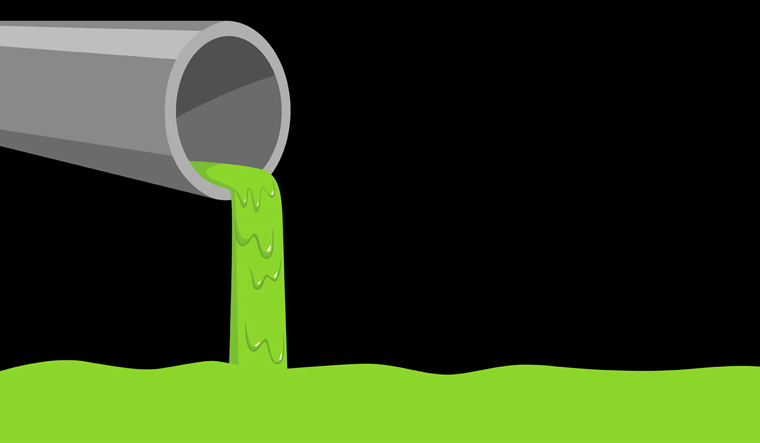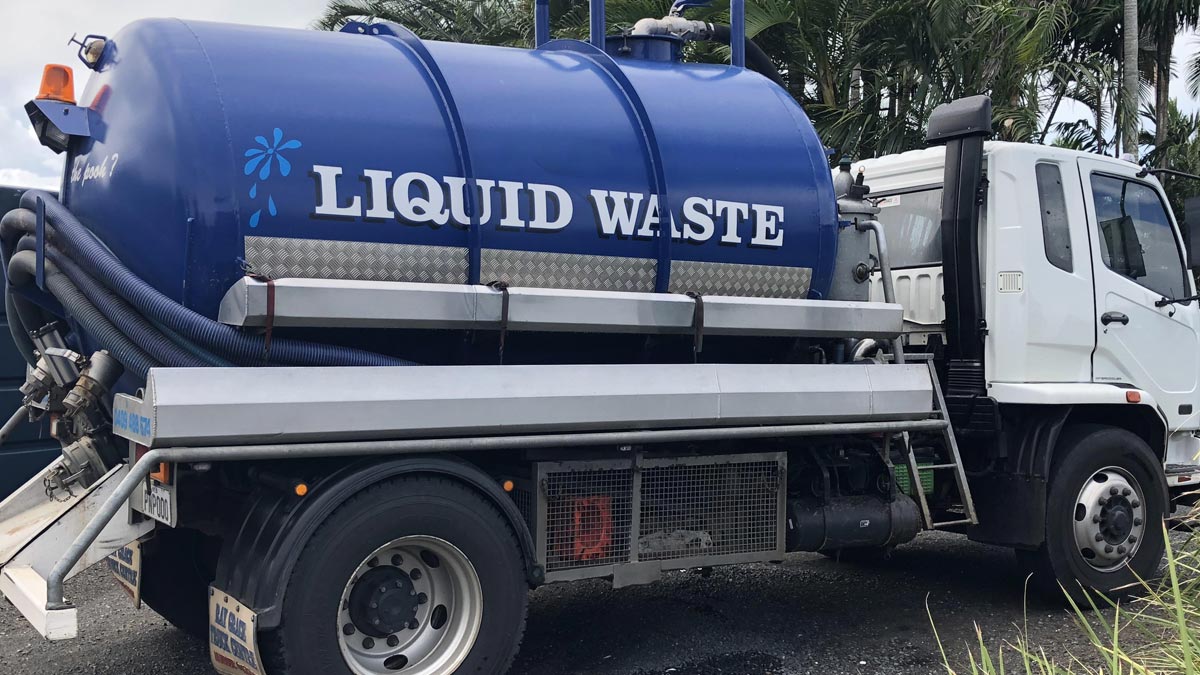Trusted Liquid Waste Disposal Melbourne: Safe and Reliable Solutions
Trusted Liquid Waste Disposal Melbourne: Safe and Reliable Solutions
Blog Article
Exactly How Liquid Garbage Disposal Works: A Detailed Summary of Techniques and Technologies Used

Review of Fluid Waste Types
The intricacy of fluid waste types requires a comprehensive understanding of their characteristics and ramifications for disposal. Fluid waste can generally be categorized right into numerous types, including industrial, local, agricultural, and contaminated materials. Each group displays distinctive residential or commercial properties, calling for particular monitoring methods to reduce ecological and wellness threats.
Industrial fluid waste originates from making processes and usually contains a range of pollutants, such as heavy steels, solvents, and natural compounds. Metropolitan liquid waste, mainly making up wastewater from families and commercial establishments, contains raw material, nutrients, and virus (industrial wastewater treatment). Agricultural fluid waste, consisting of overflow from farms, might consist of fertilizers, chemicals, and pet waste, posturing dangers to water top quality and environments
Unsafe fluid waste is identified by its toxicity, reactivity, or prospective to create damage. Comprehending these diverse liquid waste kinds is crucial for creating effective disposal methods and guaranteeing conformity with ecological regulations.
Physical Treatment Techniques

Screening is the preliminary step, where bigger fragments and particles are gotten rid of from the liquid waste utilizing displays or grates. In sedimentation tanks, larger bits clear up at the base, creating a sludge layer, while the cleared up fluid can be additional treated.
Purification is another vital approach that includes passing the fluid with permeable products, such as sand or membranes, to catch smaller fragments. This step enhances the high quality of the fluid, making it suitable for succeeding therapy processes.

Chemical Therapy Techniques
Chemical treatment methods are vital for efficiently handling fluid waste, especially in dealing with liquified and colloidal contaminants that physical techniques may not effectively eliminate. These strategies make use of different chemical representatives to neutralize, precipitate, or change hazardous materials into less hazardous forms.
One usual approach is coagulation and flocculation, where chemicals such as alum or ferric chloride are included in advertise the gathering of put on hold fragments. This process improves sedimentation, permitting for much easier elimination of the resulting sludge. Furthermore, oxidation procedures, utilizing representatives like chlorine or ozone, are employed to break down intricate pop over to this web-site natural substances and pathogens, rendering the waste much safer for discharge or additional treatment.
Neutralization is another important method, which changes the pH of acidic or alkaline waste streams to neutral degrees, avoiding potential injury to downstream find more information systems and the environment. Furthermore, progressed oxidation processes (AOPs) make use of mixes of oxidants and ultraviolet light to break down persistent pollutants, attaining a higher level of therapy performance.
Biological Treatment Processes
Biological therapy processes play a critical duty in the management of liquid waste by using microbes to decompose raw material and minimize impurity degrees. These processes can be broadly categorized right into anaerobic and aerobic therapies, each using particular microbial areas to accomplish reliable waste destruction.
Cardio therapy entails the usage of oxygen to assist in the malfunction of natural products by microorganisms. This process is generally carried out in triggered sludge systems, where oygenation containers supply a conducive setting for microbial growth, leading to the oxidation of organic pollutants. The resultant biomass can be separated from treated effluent with sedimentation.
On the other hand, anaerobic treatment takes place in the lack of oxygen, depending on various microorganisms to break down organic matter. This technique is specifically useful for high-strength waste, as it creates biogas, a sustainable energy source, while decreasing sludge production. Technologies such as anaerobic digesters are often used in commercial and community applications.
Both anaerobic and cardiovascular organic therapies not just decrease the environmental impact of liquid waste however also promote source healing, making them necessary components of sustainable waste management approaches. Their versatility, efficiency, and performance support their extensive execution across different fields.
Emerging Technologies in Disposal
Innovative techniques to liquid waste disposal are quickly evolving, click this link driven by improvements in modern technology and a boosting focus on sustainability. Amongst these arising modern technologies, membrane bioreactors (MBRs) have obtained grip for their capability to combine organic treatment with membrane purification, resulting in high-grade effluent that can be recycled in numerous applications. MBRs make it possible for smaller footprints and much more reliable procedures compared to typical systems.
One more appealing advancement is the usage of anaerobic food digestion combined with nutrient recuperation technologies, which not just deals with fluid waste yet likewise generates biogas and recuperates important nutrients like nitrogen and phosphorus. This twin benefit enhances resource efficiency and lowers environmental influence.
In addition, progressed oxidation processes (AOPs) are being adopted for the deterioration of complicated natural toxins. These approaches make use of powerful oxidants and stimulants to damage down pollutants at the molecular degree, offering a very effective option for challenging waste streams.
Moreover, the integration of artificial knowledge and equipment knowing in waste monitoring systems is enhancing operational effectiveness and predictive maintenance, bring about minimized expenses and enhanced environmental compliance. These modern technologies show a significant shift in the direction of more reliable and sustainable liquid garbage disposal techniques.
Conclusion
To conclude, efficient fluid garbage disposal requires a thorough understanding of various techniques and modern technologies. The integration of physical, chemical, and organic treatment methods ensures the effective monitoring of diverse waste types. Furthermore, the emergence of cutting-edge technologies improves therapy efficacy and promotes sustainability in waste monitoring techniques. By constantly progressing these techniques, it comes to be possible to deal with the growing obstacles connected with fluid waste, ultimately adding to environmental management and resource recuperation.
Liquid waste disposal is a critical aspect of ecological monitoring, needing a detailed understanding of different strategies and technologies customized to different waste types. Liquid waste can broadly be categorized right into a number of kinds, consisting of commercial, metropolitan, farming, and harmful waste. Agricultural liquid waste, including runoff from farms, may include plant foods, chemicals, and animal waste, posing risks to water top quality and environments.
Different physical therapy approaches play an important function in managing liquid waste effectively - industrial wastewater treatment.In final thought, reliable liquid waste disposal demands a thorough understanding of various methods and technologies
Report this page